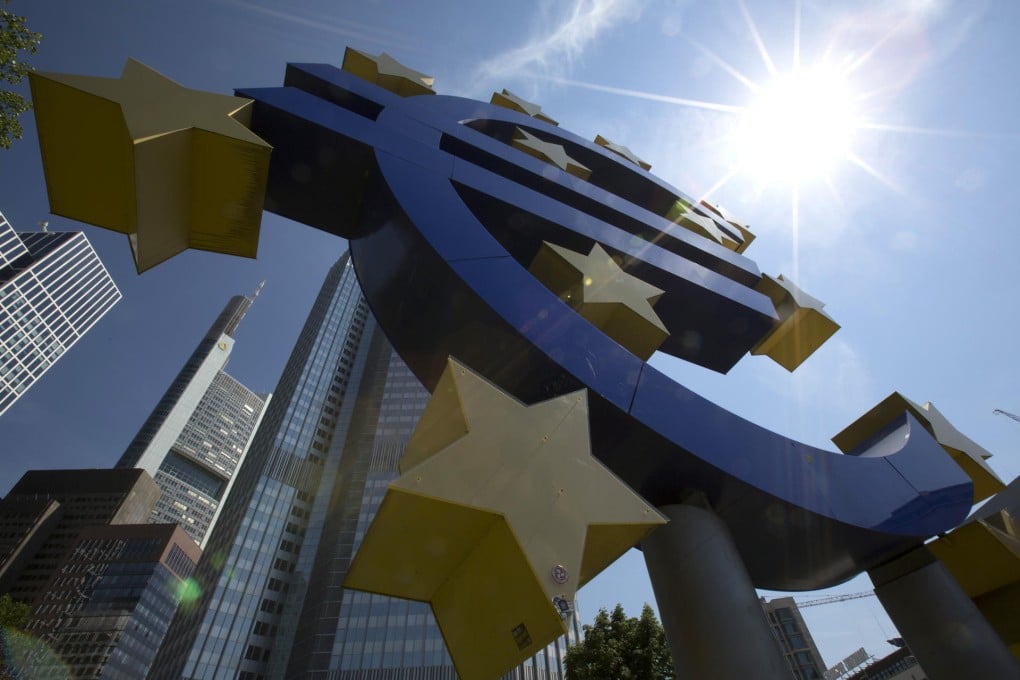Investors' hunt for yield builds up global debt levels
Record-low interest rates have led to warnings of overexuberance and complacency in debt markets as investors turn to riskier assets

These are boom times for complacency. To gauge just how comfortable the world of debt has become, consider:
- Bond buyers handed US$2 billion last month to Ecuador, whose socialist president forced a default during the financial crisis while calling creditors "true monsters".
- So many investors piled into a May bond sale by Clear Channel Communications that the radio broadcaster, with a credit rating that implies default is almost a certainty, more than doubled the offering to US$850 million.
- China's Logan Property defied predictions of a slowdown in the mainland's real estate market by selling US$300 million of bonds in May. The developer has negative cash flow and total debt almost twice its cash and cash equivalents.
- Hellenic Petroleum in Greece, where the government has needed two bailouts in the past four years, borrowed the equivalent of US$444 million last month. Lenders were so enthusiastic that they put in orders exceeding US$1.37 billion.

Halfway through a sixth year of near-zero interest rates set by the US Federal Reserve and unprecedented central bank stimulus from Brussels to Tokyo, almost any borrower is able to raise debt with few questions asked even as the World Bank cuts its global economic growth outlook.
The value of bonds in the Bank of America Merrill Lynch Global High Yield Index has soared to more than US$2 trillion. It took 12 years for the gauge, started at the end of 1997, to get to US$1 trillion, and only four years to add another US$1 trillion. More than US$338 billion of the debt has been sold this year, putting it on track to top last year's record US$477 billion.
Investors who say they have no choice but to seek ever-riskier securities to generate any type of return are buying junk bonds and loans at a pace suggesting low default rates have blinded them to the potential minefields ahead. Even Japan's risk-averse US$1.25 trillion Government Pension Investment Fund is considering loosening its practice of only buying investment-grade debt and venturing into junk bonds.
After pumping trillions of dollars into the global economy to end the financial crisis, central bankers say they are worried that investors are too complacent, increasing chances for future market instability. A measure of risk that uses options to forecast volatility in equities, currencies, commodities and bonds has fallen to its lowest level on record.
The warnings are growing louder and more numerous. Fed chairwoman Janet Yellen said last month she was concerned about "reach-for-yield behaviour". Bank of England deputy governor Charlie Bean said conditions were "eerily reminiscent" of the pre-crisis era. Bundesbank board member Andreas Dombret said last month that "we do see risks, despite the fact that the markets are calm".
